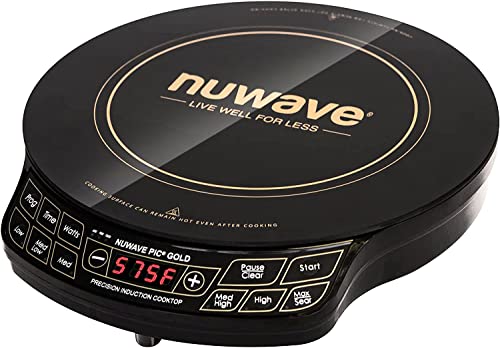I have come across a lot of misinformation at the batteryuniversity site.
There doesn't seem to be much "in dispute" other than between those willing to go without a "system" approach packaged with a proprietary BMS - and the huge cost involved - and those willing to tinker DIY, which many don't want to bother with.
If you're not wealthy nor a risk-taking tinkerer, then stick to lead.
There doesn't seem to be much "in dispute" other than between those willing to go without a "system" approach packaged with a proprietary BMS - and the huge cost involved - and those willing to tinker DIY, which many don't want to bother with.
If you're not wealthy nor a risk-taking tinkerer, then stick to lead.









































































